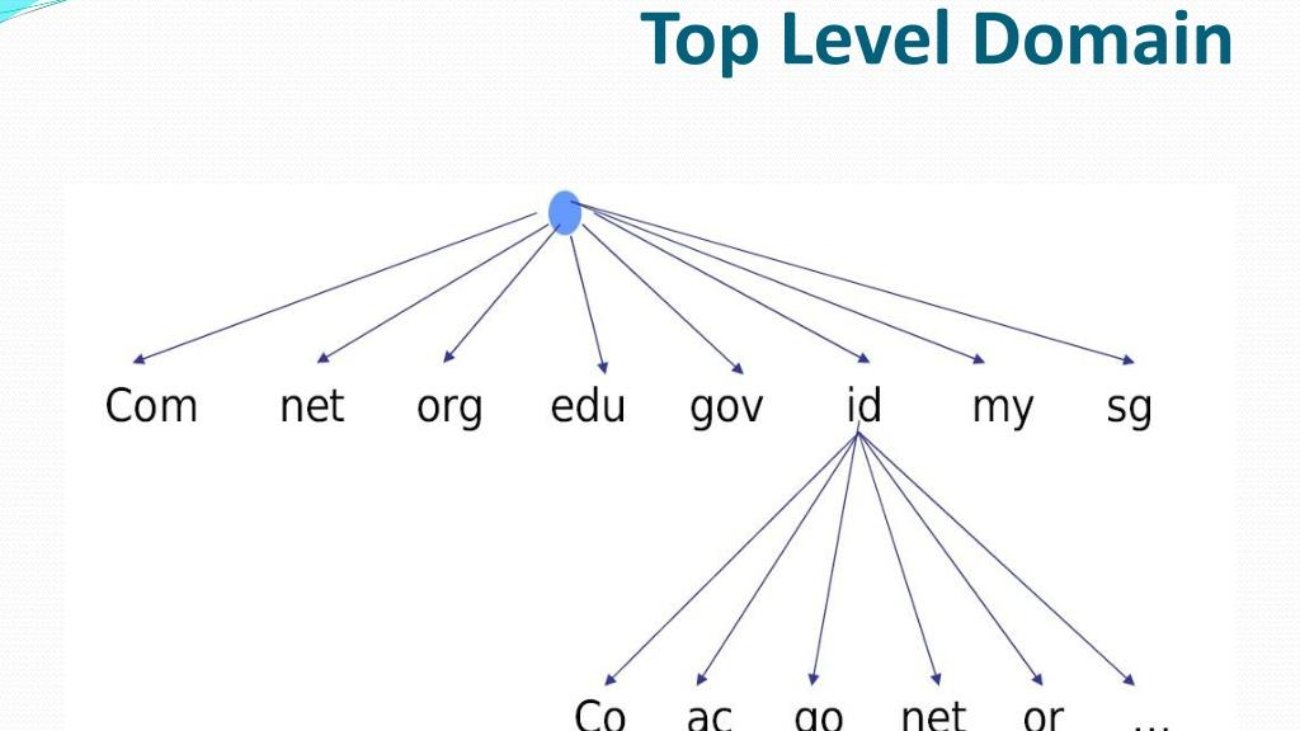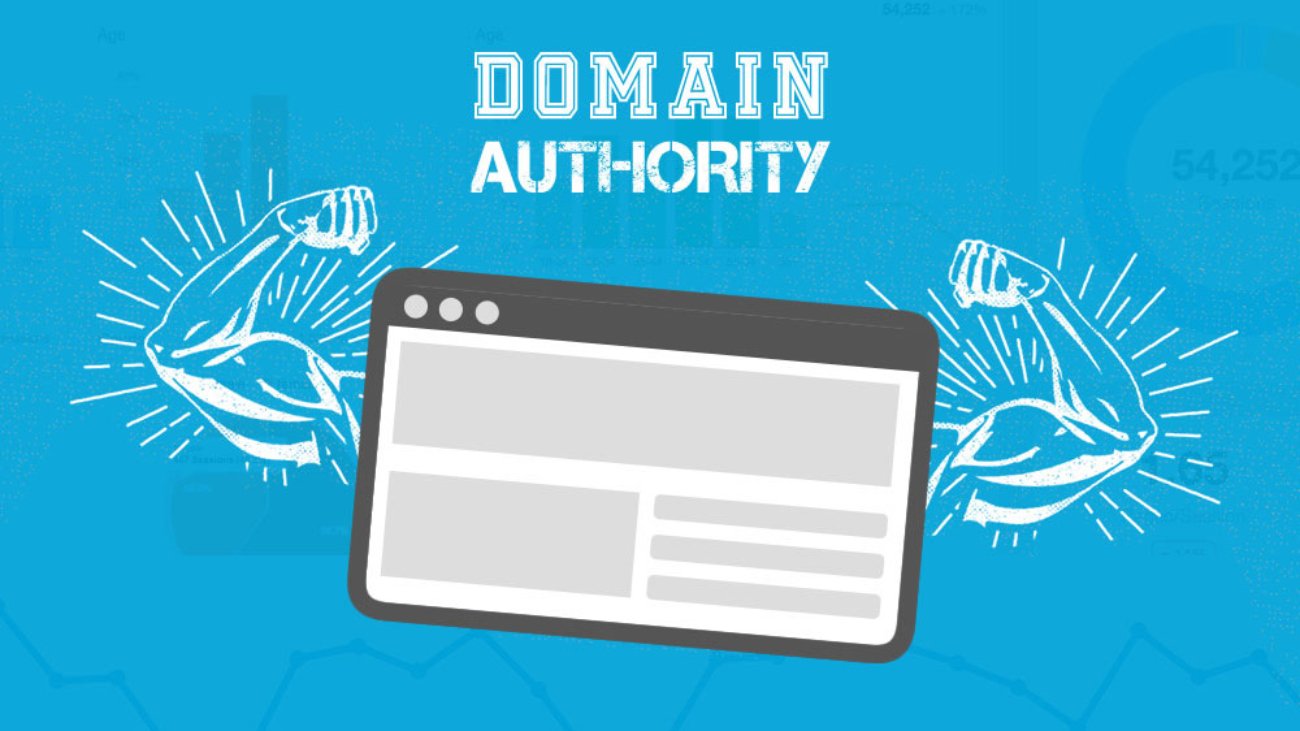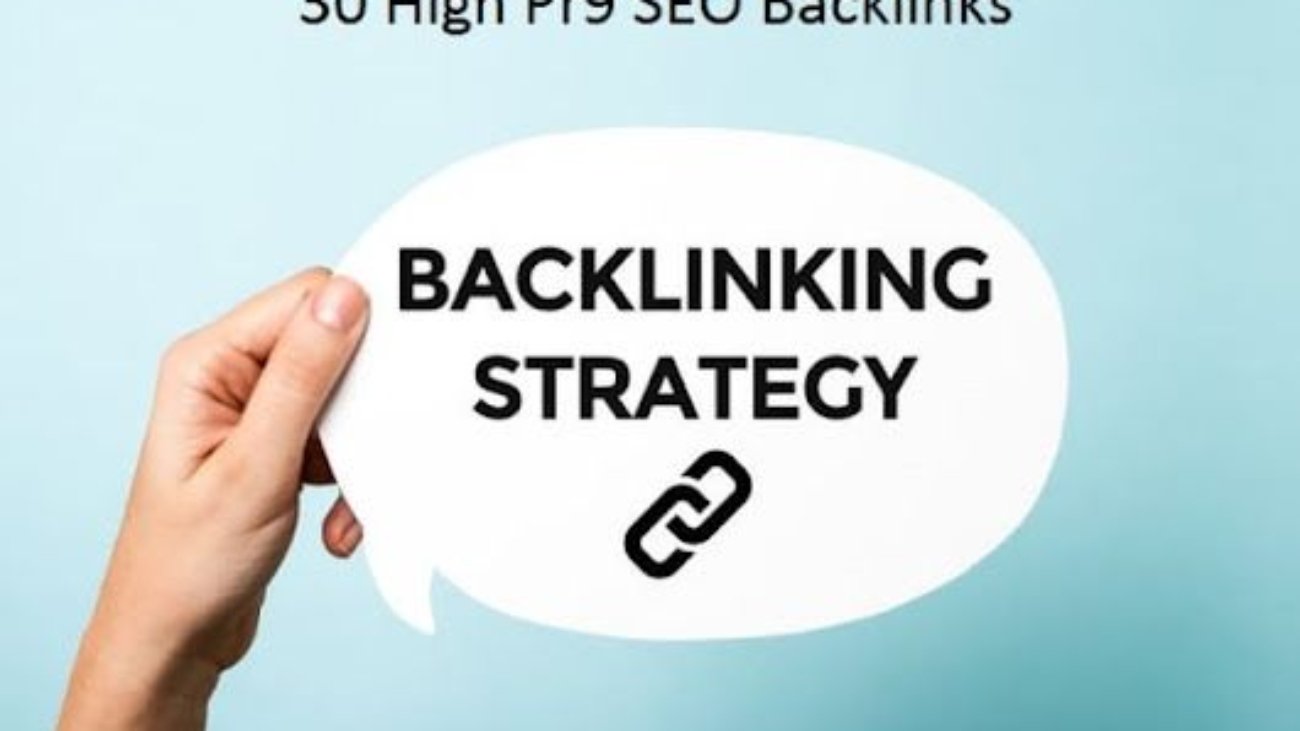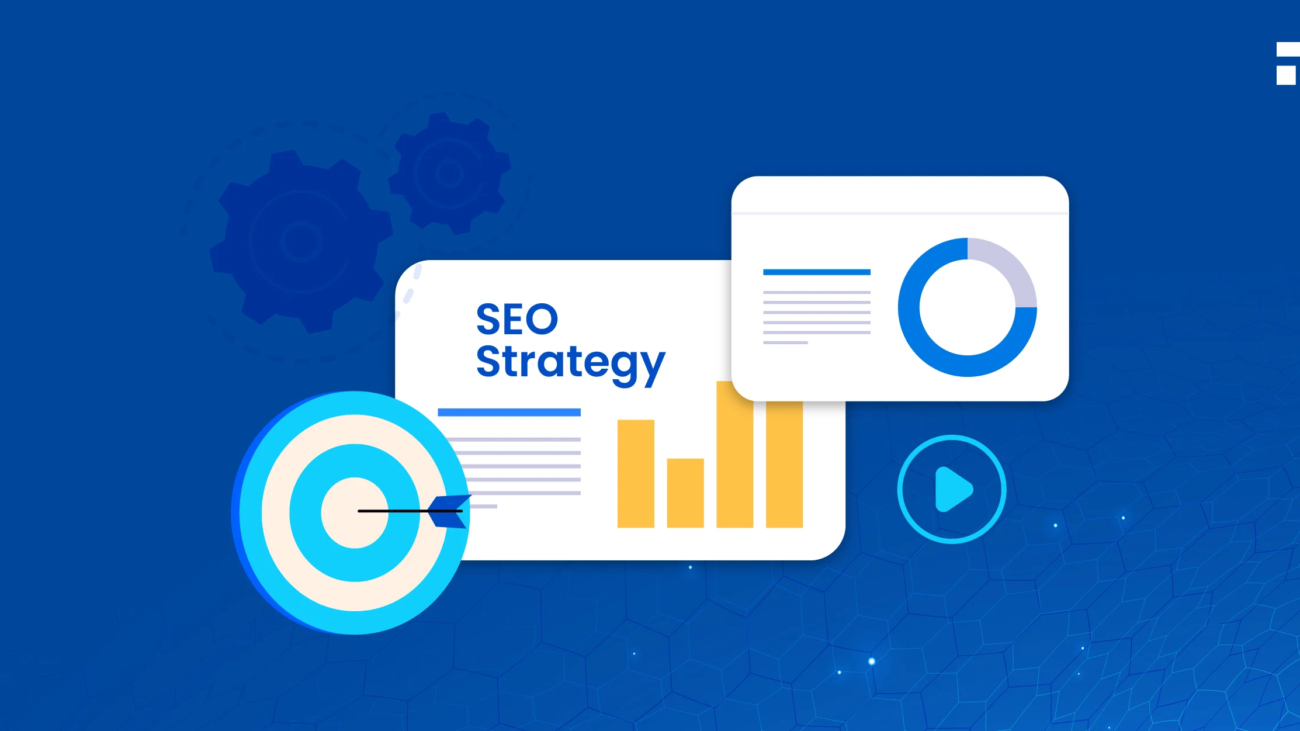How to Build Links Through Infographics
In today’s digital marketing landscape, infographics are more than just eye-catching visuals — they’re powerful tools for building backlinks, improving SEO, and driving traffic to your website. If executed strategically, an infographic can attract high-quality backlinks from authoritative websites, improve your brand credibility, and make complex data digestible and shareable.
In this blog, we’ll walk through why infographics are so effective, how to create and promote them, and step-by-step strategies for building backlinks through infographics.
Why Use Infographics for Link Building?
People love visuals. Research shows that content with visuals receives 94% more views than text-only content. Infographics combine information and design, making them perfect for explaining complex topics in a simple and engaging format.
Here’s why infographics work so well for link building:
- Highly Shareable: Infographics are easy to embed and share on blogs, social media, and news outlets.
- Visually Engaging: They grab attention faster than plain text, which helps in attracting organic traffic.
- Trusted by Publishers: Journalists and bloggers love to use credible, data-driven visuals to support their articles.
- Built-in Backlink Opportunities: If others use your infographic, they often link back to your original post as a source.
Step 1: Choose a Strong Topic with Link Potential
Before you jump into design, start with research. You want a topic that:
- Solves a problem
- Shares surprising or updated statistics
- Explains a trending concept
- Is evergreen (relevant over time)
- Appeals to a broad audience in your niche
Tools to help you discover trending topics:
- Google Trends
- BuzzSumo
- Ahrefs Content Explorer
- Reddit or Quora discussions
Example Topics:
- “The Evolution of Remote Work”
- “How AI Is Changing Digital Marketing”
- “A Timeline of Climate Change Legislation”
These are attention-grabbing, data-rich, and perfect for turning into infographics.
Step 2: Gather Reliable Data and Craft a Story
Once you have a topic, research and collect credible data. Government reports, industry studies, surveys, and original research all work well. Then, turn that data into a compelling narrative.
Think of it like this:
- Hook – What grabs the viewer’s attention?
- Problem – What issue are you addressing?
- Solution – What does the data reveal?
- Conclusion – What should the viewer take away?
Don’t overload the infographic with stats. Use only what supports your story.
Step 3: Design an Eye-Catching Infographic
If you’re not a designer, don’t worry. There are great tools that let you create professional-looking infographics:
- Canva
- Venngage
- Piktochart
- Adobe Express
Design Tips:
- Keep it clean and organized.
- Use brand colors and fonts.
- Break content into sections using icons, charts, or timelines.
- Optimize for mobile and web viewing.
- Add your website URL and logo at the bottom.
Ensure your infographic can be easily embedded and includes an embed code with a link back to your site.
Step 4: Publish on Your Blog
Now upload your infographic to your blog or website. Don’t just post the image — wrap it in valuable, keyword-optimized content. This helps in two ways:
- Search Engine Indexing: Google can’t read images, so your text content will help it understand and rank the page.
- User Experience: Readers get both a visual summary and deeper insights in text form.
Include:
- A catchy title
- A few paragraphs explaining the infographic
- The infographic image itself
- An embed code
- A CTA to share the infographic
Step 5: Start Outreach for Backlinks
Here’s where the link-building magic happens. Once your infographic is live, it’s time to get it in front of the right people.
Target Outreach List
Identify websites and blogs that:
- Cover related topics
- Have shared similar infographics in the past
- Link to sources in their posts
Use tools like:
- Ahrefs: Check who linked to similar infographics
- SEMrush: Analyze competitors’ backlinks
- BuzzSumo: Find popular content and who shared it
Email Outreach Template
Here’s a simple outreach script:
Subject: Infographic on [Topic] – Great for Your Readers
Hi [Name],
I recently published a new infographic about [Topic], and I thought it might be a good fit for your article on [Relevant Page].
It highlights [1-2 key points or data], and your readers may find it valuable.
Here’s the link: [Infographic URL]
If you find it useful, feel free to share or link to it. Let me know what you think!
Best regards,
[Your Name]
Personalize each email. Mention specific posts or explain why your infographic adds value to their content.
Step 6: Submit to Infographic Directories
There are numerous directories and visual content websites where you can submit your infographic for wider exposure and links.
Popular Infographic Submission Sites:
- Visual.ly
- Infographic Journal
- Cool Infographics
- Daily Infographic
- Infographics Showcase
Some may require a small fee, but the backlink from these niche directories can help boost visibility and SEO.
Step 7: Share on Social Media and Communities
Infographics are social media gold. Share them on:
- Twitter/X
- Pinterest (great for visual content)
- Instagram (chop into carousels)
Also, post on niche communities like:
- Reddit (find the right subreddits)
- Quora (answer questions and include your infographic link)
- Medium
- Forums in your industry
Include relevant hashtags, short descriptions, and always a link back to your blog.
Bonus Tip: Repurpose Your Infographic
One infographic can be turned into:
- A LinkedIn carousel post
- A YouTube explainer video
- A SlideShare presentation
- A series of tweets
- Blog posts for guest publishing
Repurposing increases your chances of getting backlinks from multiple platforms.
Final Thoughts
Infographics are a timeless content marketing asset. When planned and promoted properly, they become natural backlink magnets that drive long-term traffic and boost your SEO efforts.
To recap:
- Choose a data-rich, link-worthy topic
- Design an engaging and informative visual
- Publish with context-rich content
- Proactively promote via outreach and directories
- Repurpose to extend your reach
Remember, link building through infographics is not just about the design — it’s about strategic storytelling and smart promotion.
Would you like a downloadable PDF version or social media captions for this blog?








